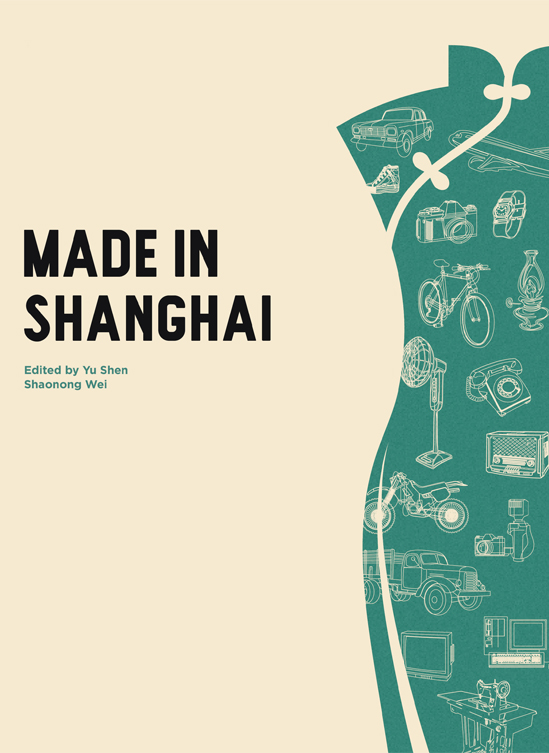Committed to the international communication of art and design







Shen Yu, is the Director of the China Modern Design Literature Research Center at the School of Design, East China Normal University, and the founder of the China Industrial Design Museum.
Professor Wei Shaonong, is the Dean of the School of Design, East China Normal University, and the chief editor of the series A Genealogy of Industrial Design in China.
Based on the industrial manufacturing history of Shanghai over the past 100 years, this book introduces the development of Chinese design throughout the different eras of the People's Republic of China, from the planned economy stage to the later economic reforms and the opeing up of the country to trade. We detail industrial-product design, packaging design, poster design, and other related subjects. The characteristics of each era are discussed in the following five sections: daily life, national image, transmission and reception, export trade, and communication and transportation. We approach each design from numerous perspectives, exploring its development as well as how it altered tastes and trends. These products were not just a symptom of change; they also answered social needs and spurred development, keeping China apace with production methods in Eruope and giving ordinary citizens access to mass-produced luxuries like TVs, radios and cosmetics. The work of Shanghai designers was fundamental in turning China into the thriving economy we see today.
1. From "design" reflects a period of social development history, but not general history. The selected designs include products, posters, packaging, etc. that maded in Shanghai, with a wider range than the existing books;
2. Reflecting the design’s response to social needs from the "microscopic" perspective, not pure technology, more flexible than the existing works;
3. Adding more innovation features, and matching the design narration at each stage.